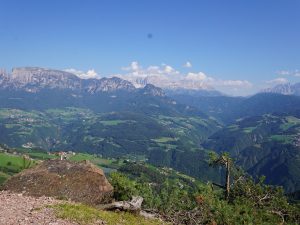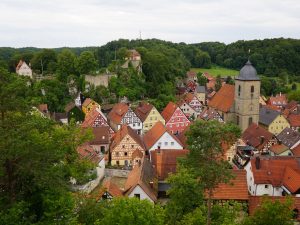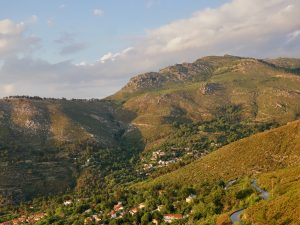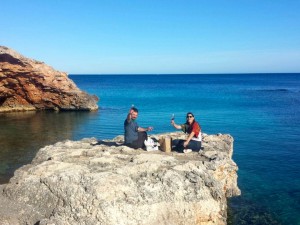News from the nearly extinct
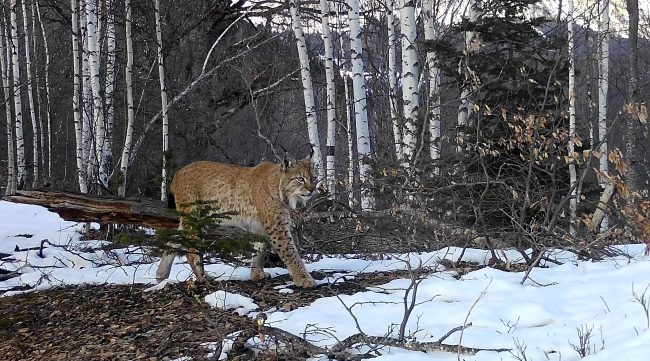
I understood that it was getting serious only when Fatos handed me a firecracker: “Do you have a lighter? …if they come: throw it in their direction!” We had found fresh wolf tracks, three or four, maybe from the previous day, maybe from early morning. We didn’t know exactly.
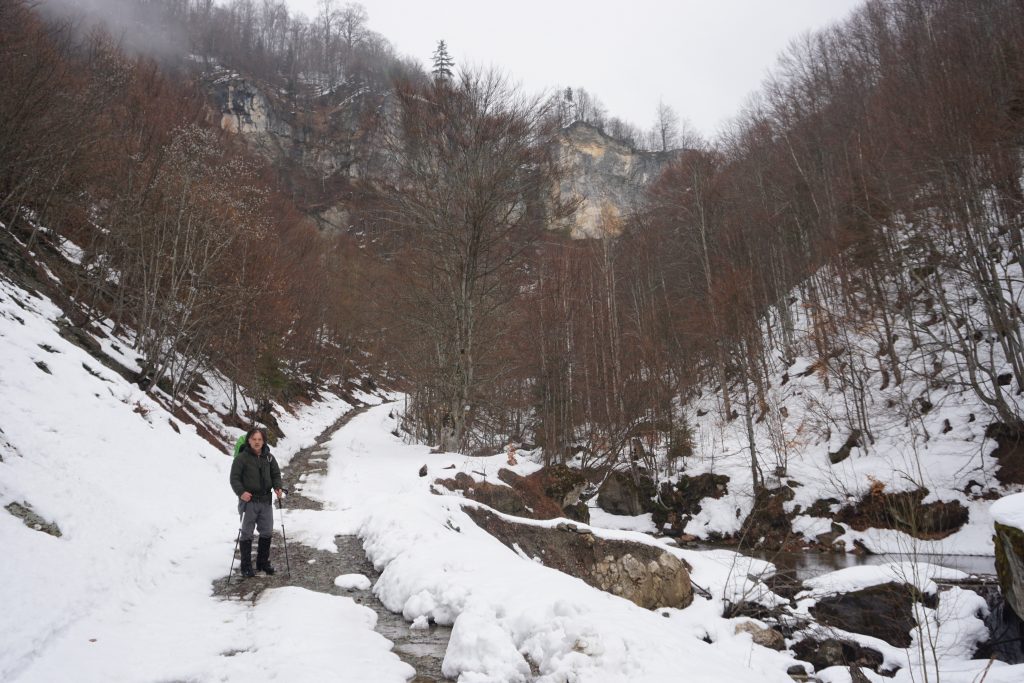 Fatos carried a hunting knife in front of his chests and unpacked the bear spray, in order to attach it to his belt. We had been talking in hushed tones for a good hour now, moving through the wilderness as quietly as we could with almost 20kg of luggage on our backs. I carried provisions and sleeping bags, Fatos the heavy photo equipment.
Fatos carried a hunting knife in front of his chests and unpacked the bear spray, in order to attach it to his belt. We had been talking in hushed tones for a good hour now, moving through the wilderness as quietly as we could with almost 20kg of luggage on our backs. I carried provisions and sleeping bags, Fatos the heavy photo equipment.
Fatos is almost 50, with the organization ERA he gives a voice to the wildlife in the Accursed Mountains and takes care of its protection. Whenever possible, he ventures into the mountains. A friend had driven us up into the Deçan gorge – as far as the snow cover did allow and up to where a farm track branches off the road. We had followed it uphill for half a kilometer when a herd of wild boar crossed through the forest in front of us. Six of them glided through the snow and out of sight as lightly as silently.
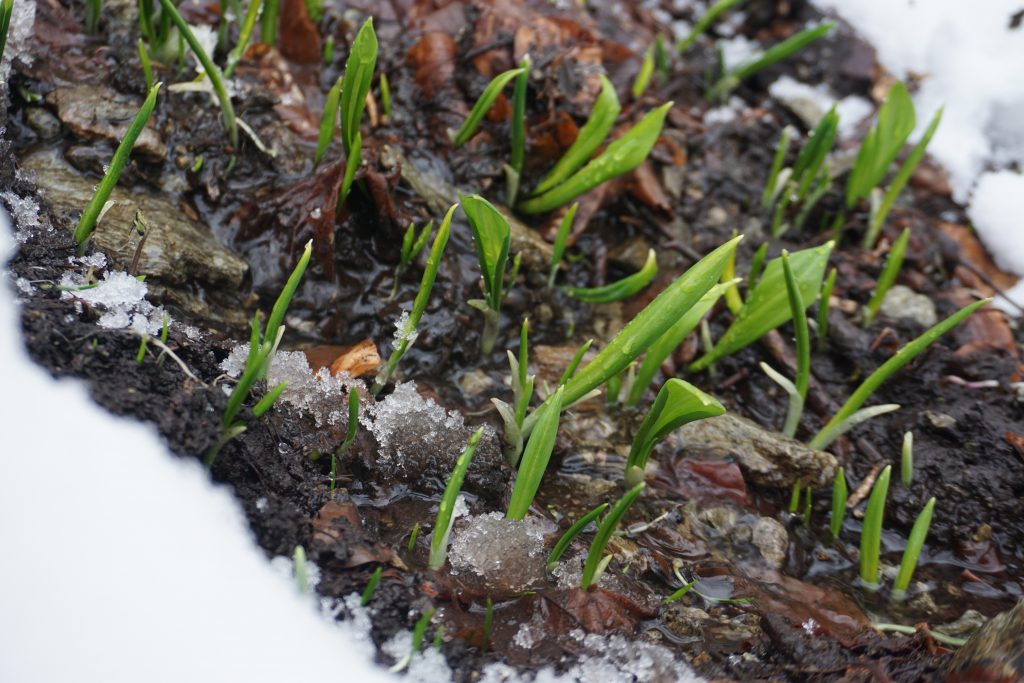
We were on our way to the territory of a Balkan lynx – officially to equip a shelter, stock up on supplies and check camera traps. Secretly, however, we hoped to see the lynx. The conditions were difficult, the snow was heavy and wet, and we kept slipping on the steep sections through the forest. And such a lynx is shy, intelligent and extremely alert.
A lone Balkan lynx has been roaming the mountains above Peja and Deçan for years. Every winter he appeared only to and disappear again in spring – to where exactly nobody knows so far. Fatos had already set up camera traps in previous years and therefore knew about the lynx-routes: At the beginning of the mating season he always appears in the Deçan Gorge to call for a female from a ridge. So far in vain: Only an estimated 35 specimens still live in the so-called Accursed Mountains in the border triangle of Kosovo, Albania and Montenegro, each individual roams through a territory of about 100 square kilometers. From only two pairs we know for sure that the Balkan lynx is acutely threatened with extinction.
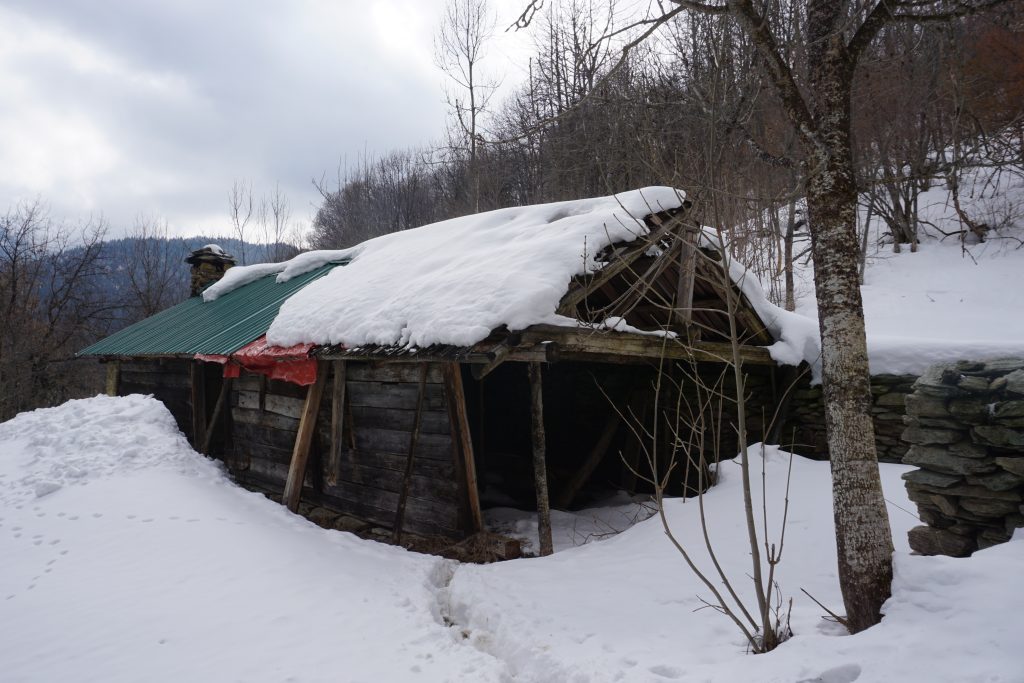
Our destination was an abandoned shepherd’s hut, less than two hundred meters below the ridge and in the middle of the forest. There we would make a fire and set up the base camp. On the way there, however, we stayed preoccupied with the wolf tracks, as they were powerful paw prints. Big, healthy animals. Most likely the same pack, whose concert I had listened to a year earlier on Mount Hajla, when I sat in a hut covered in snow.
Fatos finally counted five different wolf tracks when they finally ran together – there was hardly anything left of the deer they had killed, only rags and small balls of leftover fur, already frozen and spread on the snow. Not a single bone. A whole pack, a pack of predators. On one hand we were hunters ourselves, working our way into the wilderness protected by layers of equipment and by Fato’s experience, on the other we could become prey from one minute to the next. Fatos took that into account.
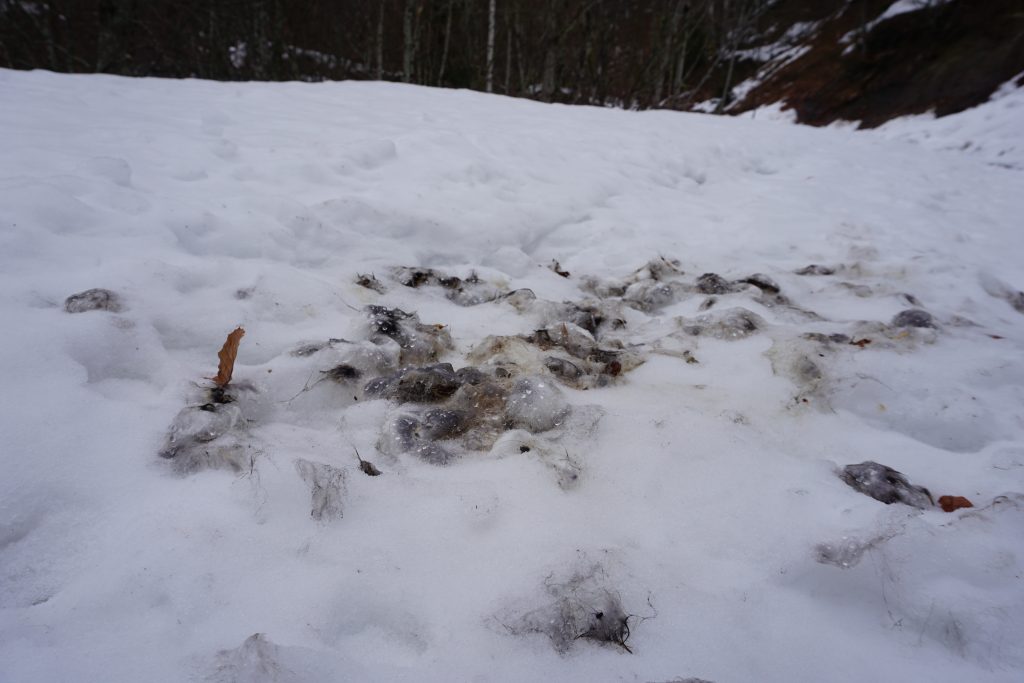
The tension eased when we climbed higher, the snow cover became thicker and there were hardly any tracks left. Eventually we reached the shepherd’s hut and with it another layer of protection. Immediately after heating up, we went up the ridge and checked the dozen of well-hidden photo traps. Fatos read out one of them, but no sight of the lynx.
The evening we spent by the open fire, both dozing off while the beans were cooking. We secured the windy door with a support beam because of the brown bears. But they are vegetarians and not really a problem, stated Fatos. The floor was tamped earth, there were no windows – just two small cutouts in the square of the beams: we were sitting in a cave.
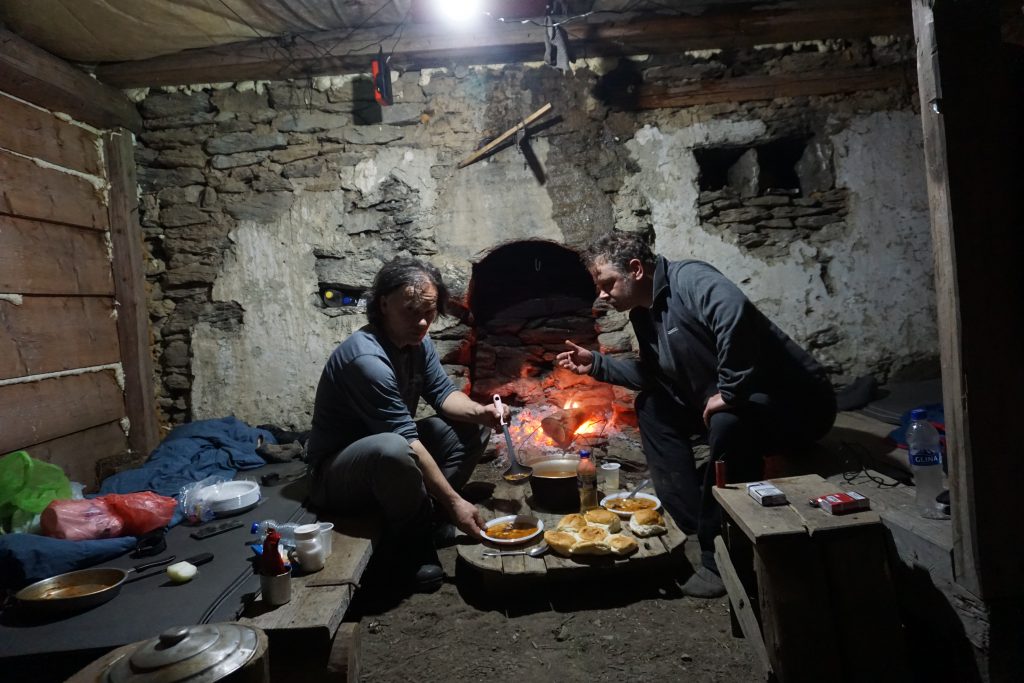
Documentation is the first step to effective protection. Protection is only possible as soon as territories and habitats can be identified. That’s why photo evidence is so important to Fatos. So that a via ferrata is not built right through the mountain goat habitat, just as it happened a few years ago further down in the Deçan Canyon. When the gorge and the surrounding mountains stood still in Yugoslavia, they were strictly protected. After the Kosovo war, however, clear-cutting began, then the hunters came, just as the tourists come today.
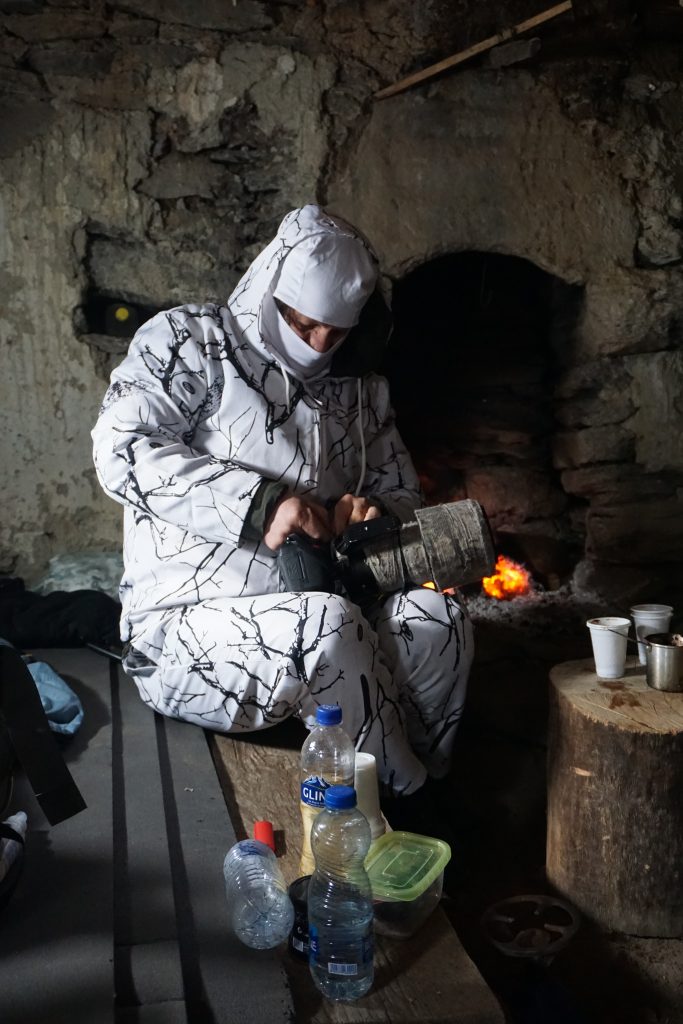
The second day consisted mainly of waiting. Fatos dressed in winter camouflage and decided to go down from the hut early in the morning to try his luck. Meanwhile, I was tied to the shed to keep the fire small and not climb through the wilderness. We both behaved as if we weren’t there, kept hidden, made only the most necessary movements. We became thrifty like animals and almost everything we did had to do with basic needs.
Wilderness is that impassable area of the world that man has not mastered and has not filled up with his testimonies. The twenty or so shepherds’ huts along the entire valley are exceptional, islands of human activity. Sheep used to be driven up there and fed with the previous year’s hay in order to protect the barren pastures further down. Pastoral life during the summer must have been one of maximum restraint, caution, and the least radius. What sounds like freedom to a city dweller meant the opposite.
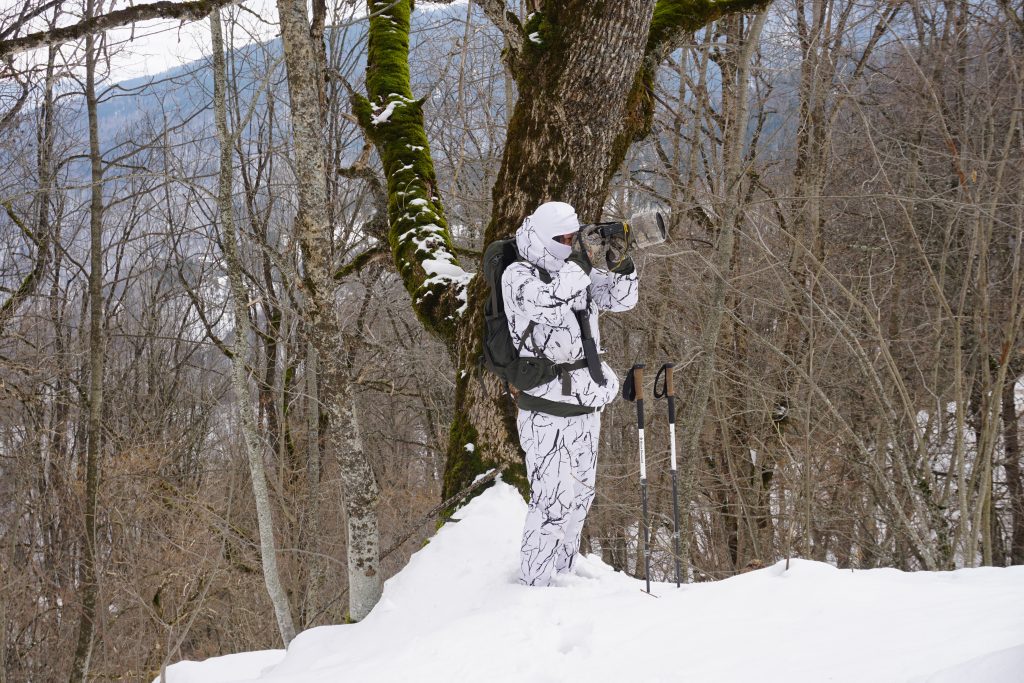
The absence of human structure and the exposure that comes with it is something you automatically adjust to. This affects movement processes as well as the senses, this constant alertness with which one assesses the environment, be it when urinating. Around noon, Fatos steps back into the darkness of the cave, we eat the beans and go to sleep, then drink coffee until it’s time for the second shift. Wild moves in the morning and before dusk, everything in between seems dead. Only occasionally distant birds sound the alarm.
Fatos doesn’t bring a photo in the evening either. He seems disappointed, but covers it up with raki. Lying in wait for another day makes no sense, he says. Better reposition the camera traps, maybe carry two or three further down. Ten days later he would go up again – the snow would have melted further by then. It is likely that the lynx would then find its way back to the ridge. Fatos already owns decent lynx-photos of the traps from last year, but that’s not enough for him. He has set a third date for the beginning of May: Fatos will not give up until he has the lynx in front of his lens.
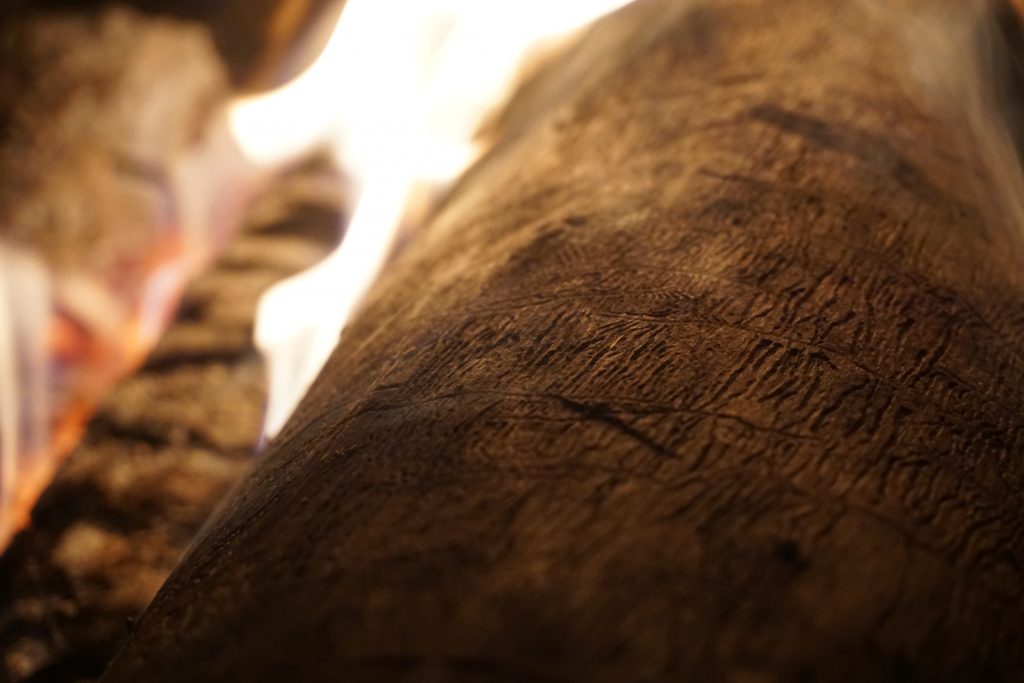
The next day we leave at around two o’clock. In the hut we have erased all traces, put away the tin dishes and put out the fire. On the way back, we carefully smear our footprints to and from the hut, making it appear as if two hikers climbed a little and returned without having achieved anything. Fatos doesn’t want weekend hunters to know of our presence.
Fatos walks ahead, the camera always ready. The spring sun has melted the wolf tracks, they are still visible, but the two “fingers” with the claws can no longer be made out as clearly as two days before. Could also be dogs.
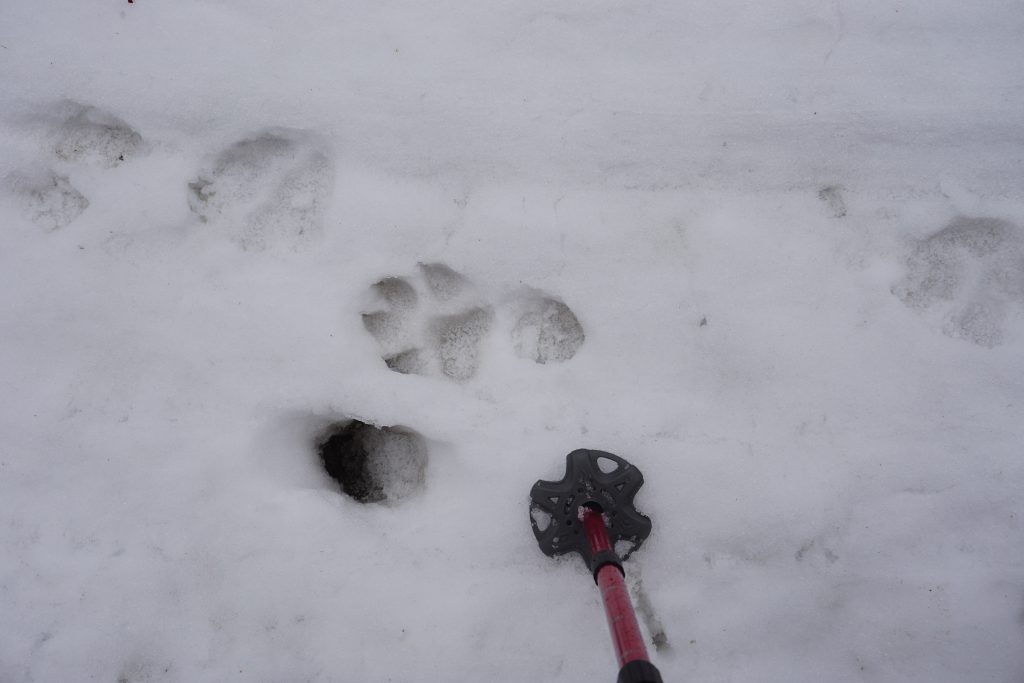
But then suddenly fresh tracks mix in. Paw prints, as if a children´s fist had been gently rolled across the snow. Fatos stops and bends forward: rounder and without a trace of claws, larger than a fox’s, smaller than a wolf’s. He keeps moving, his head wandering from left to right, looking for the clearest imprint. Then Fatos rejoices: “He’s here!”
A few meters further: “It almost looks like there are two lynx tracks.”
“A female?”
“Possibly…”
Lynxes are loners, only looking for each other during the mating season between February and April.
“Wouldn’t that be a happy end?”
“Not without evidence!”
Foto of the Lynx has been shot by one of Fatos Lajçis foto-traps in April 2021. Find more about ERA Group´s work on their Instagram: eragroupofficial.
A slightly different version of this text has been previously published in FAZ Sonntagszeitung (german language)


















